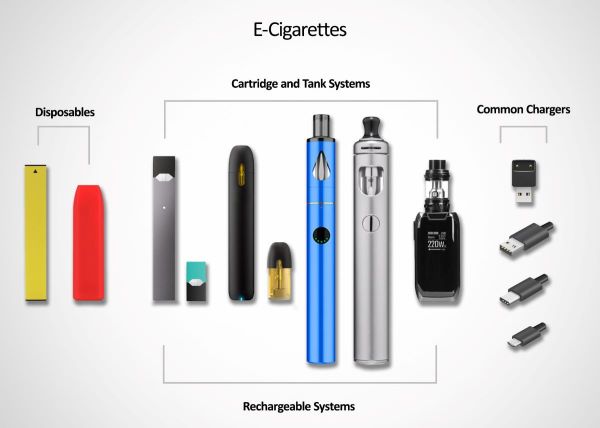As part of a broader initiative to discourage vaping among students, two more high schools in the district will be getting vape detectors in the restrooms.
Dearborn High has piloted the vape detectors since last spring. At the December 2024 Board of Education meeting, a contract was approved to add Halo Vape Detectors at Fordson and Edsel Ford high schools.
Anyone under 21 is not allowed to possess vaping products in Michigan, and students vaping or even having vaping products at school can lead to discipline, including suspension.
The district-wide Vaping Cessation Committee has been working with community partners at LAHC and ACCESS to provide programs for young people who are struggling with vaping.
The This is Quitting campaign from Truth Initiative provides text messages and other support to help people quit vaping. The site also provides parents with information about the dangers of nicotine for youth and tips for how to talk to your child.
Registration is free at BecomeAnEx.org. A text support program is also available. Young people aged 13 to 24 can text AwayVape to 88709. It’s confidential and available 24/7 with on demand support for quitting with tips to manage cravings and stress.
Teens using nicotine products is nothing new. (“Smoking in the Boys Room” hit the top 10 songs in 1974.) However, today’s vape products are much easier to hide. Parents may not recognize the products, and vapes do not produce the tell-tale odor of smoked cigarettes. Nicotine pouches are also very discrete.
The Centers for Disease Control reports that almost 8 percent of high school students use e-cigarettes and 3.5 percent of middle school students do. About two-thirds of the middle and high school students who use the products have tried to quit within the last year.
The nicotine found in vapes and other products is especially addictive and harmful to youth. Some youth also use e-cigarettes that contain cannabis products.“Nicotine can harm the parts of an adolescent’s brain that control attention, learning, mood and impulse control,” according to the CDC.

